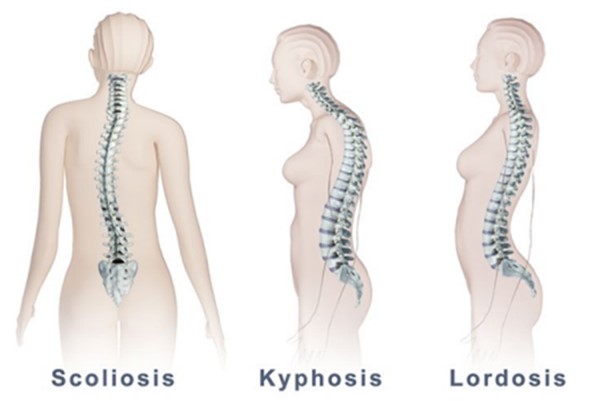A nurse is assessing a 6-month-old infant. Which of the following findings should the nurse report to the provider?
Inability to sit without support
Inability to feed himself
Inability to raise head when in prone position
Inability to stand alone without support
The Correct Answer is C
The inability to raise the head when in a prone position is a finding that the nurse should report to the provider. By 6 months of age, infants should typically be able to raise their head and chest off the surface when placed in a prone position. This is an important milestone in motor development and is known as "head control." The nurse should report this finding to the provider to ensure further assessment and appropriate intervention if necessary.
Nursing Test Bank
Naxlex Comprehensive Predictor Exams
Related Questions
Correct Answer is D
Explanation
Scoliosis is a condition characterized by an abnormal sideways curvature of the spine, resulting in an S or C shape when viewed from the back. It commonly develops during adolescence and can vary in severity. The lateral curvature of the spine observed during the physical examination is a key sign of scoliosis.
Lordosis refers to an excessive inward curvature of the spine in the lower back, while kyphosis refers to an excessive outward curvature of the spine in the upper back, often referred to as a "hunchback."
Torticollis, on the other hand, is a condition characterized by an abnormal position or tilt of the head due to muscle tightness or weakness.

Correct Answer is A
Explanation
This is an evidence-based recommendation to reduce the risk of SIDS. The American Academy of Pediatrics (AAP) recommends placing infants on their back for sleep as the safest sleep position. This position has been shown to significantly reduce the incidence of SIDS. The nurse should emphasize the importance of following safe sleep practices, including placing the baby on their back, providing a firm and safe sleep surface, keeping the sleep area free of soft bedding or objects, and avoiding overheating.
Whether you are a student looking to ace your exams or a practicing nurse seeking to enhance your expertise , our nursing education contents will empower you with the confidence and competence to make a difference in the lives of patients and become a respected leader in the healthcare field.
Visit Naxlex, invest in your future and unlock endless possibilities with our unparalleled nursing education contents today
Report Wrong Answer on the Current Question
Do you disagree with the answer? If yes, what is your expected answer? Explain.
Kindly be descriptive with the issue you are facing.
